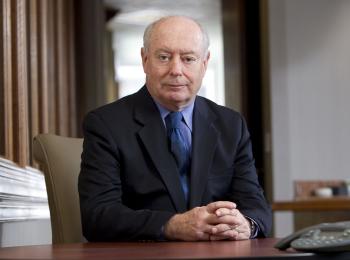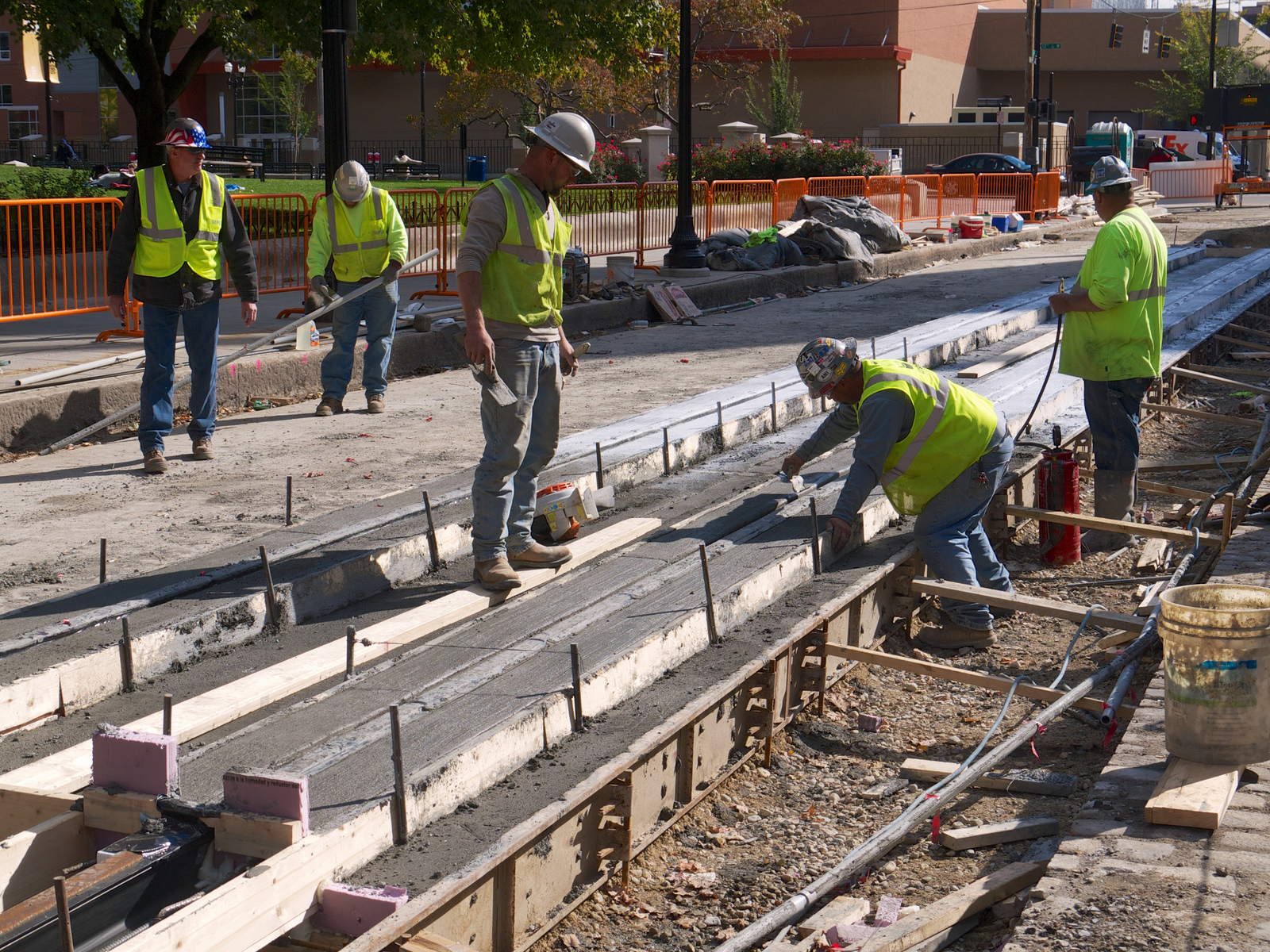 Streetcar supporters. Vine Street Taco- Noshers. Urbanistas. Roxanne and Quinlivan dead-enders. I feel your pain. We just had our butts kicked in city elections where only 29% of the electorate bothered to show up.
Streetcar supporters. Vine Street Taco- Noshers. Urbanistas. Roxanne and Quinlivan dead-enders. I feel your pain. We just had our butts kicked in city elections where only 29% of the electorate bothered to show up.
If you own property or a business in OTR you may be calling a realtor. Maybe you’re checking to see if it’s too late to cancel the granite countertops for that flashy new Main Street kitchen. Or just banging your head against the wall while trolling through Kayak.com for a one-way ticket to Portland.
Before you bail out, listen to a grizzled, cynical political warrior who has been on the losing side of plenty of elections, and won a few too, over 40 years on these mildly mean streets.
First, the election is over. Your team lost. Did you vote last year for 4 year terms? Oops. Get over it. Licking wounds for more than 48 hours is unsanitary.
Give some grudging credit to John Cranley and his handlers. He put together an unlikely coalition: Tea Partiers who just hate the messy melting pots of cities; (some) African American voters led to resent the idea of white urban professionals insisting on rides cushier than smelly Metro buses; and more than a few west siders convinced that “gentrification” in your neighborhood means more “undesirables” in theirs. (See Pete Witte’s twitter feed if you think I’m making that up.)
Mr. Cranley is hardly the first candidate to win an election by whipping up resentment in the “neighborhoods” about spending on development “downtown”. He won’t be the last. Many politicians have built entire political careers in this town on being against stuff.
The mayor-elect could care less if you call him “Can’t Do Cranley”. At 39, he sees this as a launching pad to greener pastures, even if he leaves shoe prints on your backs to prove he keeps his promises.
Advocates of the streetcar – and I’ve been one of them – have allowed their pet project to be painted by COAST and Chris Smitherman as a wasteful contraption designed for Chablis sipping metrosexuals, who think they are too good for the bus or the family mini-van. Can’t these precious young professionals read their iPads on the number 24, or get stuck behind a truck on the viaduct like the rest of us? Don’t take it personally. It’s just politics.
We have not sold the incredible progress downtown and in OTR, despite the great recession, as a model for other neighborhoods with their own aspirations for cool restaurants, modern transportation and rising property values. So in Price Hill and Mt. Washington, your rising neighborhood is seen as a threat to theirs, not as a sign of good things to come to our city.
Those of you with skills and no kids to tie you down can’t be blamed for bailing out now. With Cranley in the Mayor’s office and a hostile Council majority, the streetcar is on life support, and the air soon may start coming out of the downtown/OTR balloon. No doubt there are bright folks at 3CDC, dunnhumby and all those hip new branding firms with OTR addresses already tuning up their resumes.
We are now in an age when public investment will comes in the form of hiring the 200 more cops Mr. Cranley has promised, to protect us from ourselves.
But if you choose to stick around and fight another day, think a little more strategically:
Get to know the neighborhoods and convince them that what is good for the central city is not a threat to Westwood or Oakley. There is life on the other side of I-75 and Mt. Adams. Explore. Collaborate. Cross-Pollinate a little. Try the burgers at Zips and Camp Washington Chili.
Create a vision for a modern transportation system that does not begin and end in downtown and OTR; then sell it. Gas prices aren’t going down. Work with the Uptown institutions to develop a funding model that does not rely on council to come up with more cash. Develop a long-term vision that includes connections to Price Hill, Northside, Avondale and Walnut Hills.
Dig in for a long, hard but constructive fight with the new mayor and right-leaning majority on City Council. Give some credit to COAST and Smitherman for their relentless opposition to the outgoing regime. Now they hold sway with a mayor and council that owe them big time.
Progressives may need their own version of COAST to litigate, referendize and challenge the mayor and council. Look for wiffs of scandal and corruption to expose. And remind the city of their promises: restore 200 cops, fix the pension system, neighborhood development and no new taxes. No problem.
Recruit and bolster the next generation of city leadership. Low turnout says more about the candidates than the voters. Don’t expect voters to show up when the candidates don’t persuade them they have something at stake.
The absence of an African American candidate in the mayor’s election explains a lot about turnout in 2013. For eight years you were fortunate to have an African American mayor who “got” your aspirations. Find the next one: Yvette Simpson? Eric Kearney? Rob Richardson? Work with them or others and prepare them for 2017. You can’t beat somebody with nobody.
Remember that politics is cyclical. The faction that will take over at City Hall come December are political heirs to the crew that ran the city from 1997-2005; and before that in the 1980’s. They had their ups and their downs. But no cycle lasts forever. Be ready and rested when the next wind of change blows.
Don Mooney is a local attorney and longtime Cincinnati political activist. He served for more than 20 years on the Cincinnati Planning Commission and is a former Treasurer of Cincinnatians for Progress. If you would like to submit a guest editorial to UrbanCincy you can do so by contacting our editorial team at editors@urbancincy.com.


